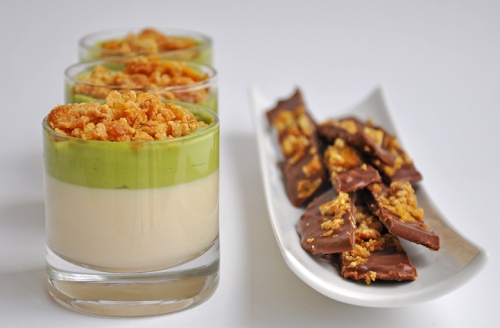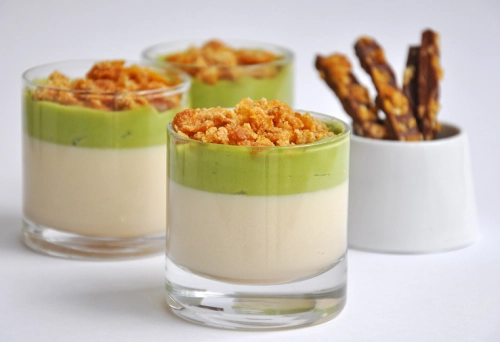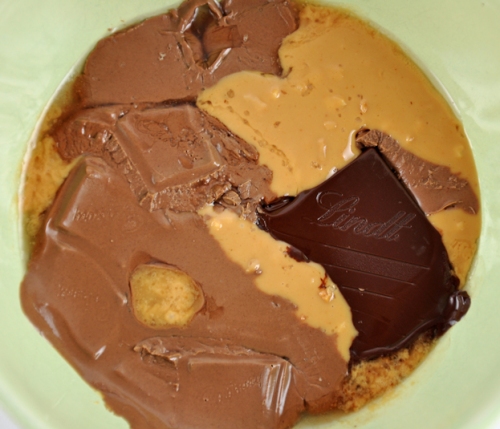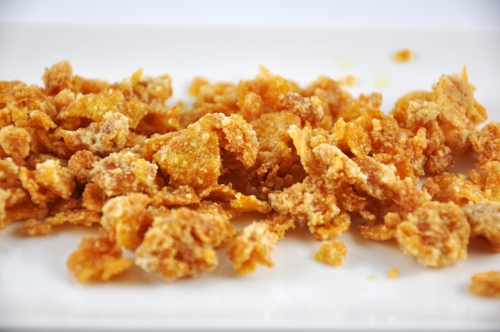
Eggs and Caviar with "Soldiers"
More than seven years ago I attended my first ever cooking class. Actually, it was a week long “Introduction to Cooking” class at the Institute of Culinary Education (ICE). My husband (then fiance) was studying in New York and that time I visited him he had accepted a summer internship which meant long days (and nights) at his new office. I was starting to take an interest in cooking and decided a crash course at ICE would keep me occupied during the day.
The course was spread over five days – each day a new technique was introduced – for example pan-frying, braising, roasting, baking etc. The first hour of the usually six to seven hour class was having our instructor talk through the logic behind why a certain technique was used for cooking. For instance, pan frying was used when you wanted to cook something very quickly, usually reserved for the more “expensive cuts” or fish. Braising was used to ensure a very tough piece of meat was cooked long enough to break down tough connective tissue and usually reserved for the “cheaper cuts”.
I still remember how in awe I was when our instructor would take us around the kitchen and show us different ingredients and equipment.
On the second day she gathered us around the kitchen and showed us a basket of freshly picked herbs. There were over ten different herbs that day and she asked for each one:
“Can anyone tell me what this herb is?” she asked.
Believe it or not, I could not identify a single one! Everyone else in the class was so switched on and I could only wonder how they managed to identify each herb with ease.
Finally, she took out one that I thought I almost recognized. It was a dark green herb, long and slim. “Scallion!” I shouted. Finally glad to have contributed to the day’s discussion.
“Actually, very close, from the same family, but these are chives” replied our instructor.
Even the one I was fairly certain of, I got wrong!
That day, after class I decided that I would stay back and ask Ms. King to help me identify each and every herb and in order that I wouldn’t forget, I drew each one in my little notebook, certain that I would never again forget.
The only thing that I didn’t realize is that when I got home, I guess in part due to my really bad drawing skills, almost all the herbs looked exactly the same!
In was only years later, with constant practice, that I managed to learn and identify every herb by heart.

Eggs and Caviar
Another thing I learned in Ms. King’s class was how to make scrambled eggs, french style, with soldiers. That day she took out an egg topper and showed us how to cut the tops of eggs so that we could re-use them and fill them with scrambled eggs. I think that day’s lesson may have been how to use the stove top and so she taught us how to scramble eggs over a bain marie. While the resulting eggs were fantastic, I honestly taught that the extra 20 or so minutes spent watching the eggs turn into a soft and buttery mass was not worth the effort.
What was worth the effort though were the adorable and buttery “soldiers” that was used as a “spoon” to dunk into the scrambled eggs.
On our last day I learned that our instructor, Ms King, had written a cookbook called Fish. I asked her if she could kindly sign my copy.
“Sure. Is there anything in particular you want me to write?” she asked.
“If you wouldn’t mind, could you put ‘To my best student’?” I replied.
She just gave me a big laugh and said to collect the book after the class.
At the end of the class, I collected my book, and found she had kindly written the dedication I asked for!

Eggs and Caviar served with Soldiers
Scrambled Eggs with Caviar and Buttery Soldiers
Recipe (serves 2)
- 4 fresh eggs
- 1 teaspoon chives
- 3 tablespoons milk or cream
- large dollop of butter for the scrambled eggs and for the soldiers.
- salt and pepper to taste
- dollop of caviar for topping (optional)
- 4 slices of white toast, edges removed, and cut with a serrated knife into 4
- Using an egg topper, cut four eggs open and empty the contents onto a bowl. If you don’t have an egg topper, I have seen people use a serrated knife before, just be careful when doing so.
- To clean the egg shells, bring a pot of water to the boil and carefully submerge each shell for a few seconds. Remove and allow to dry.
- Now, lightly beat the eggs, chives and cream into a bowl.
- In a pan, heat the butter until melted and quickly add the eggs.
- Over low heat, gently stir the eggs until they come together in a soft mass. Be careful not to overcook the eggs (as they won’t taste as good and they will be difficult to spoon back in to the shells)
- Season with salt and pepper.
- Spoon the eggs back into the shells and top with some caviar.
- To make the soldiers (this can be done before the eggs are made), heat some butter in a pan and then add the pieces of toast. Heat the toast until nicely browned and then remove the toast, add more butter to the pan and heat the other side.

Read Full Post »












